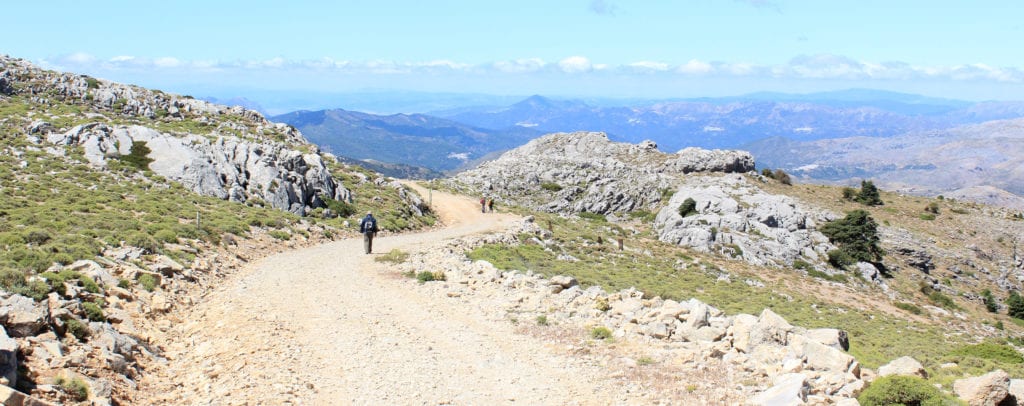
Background
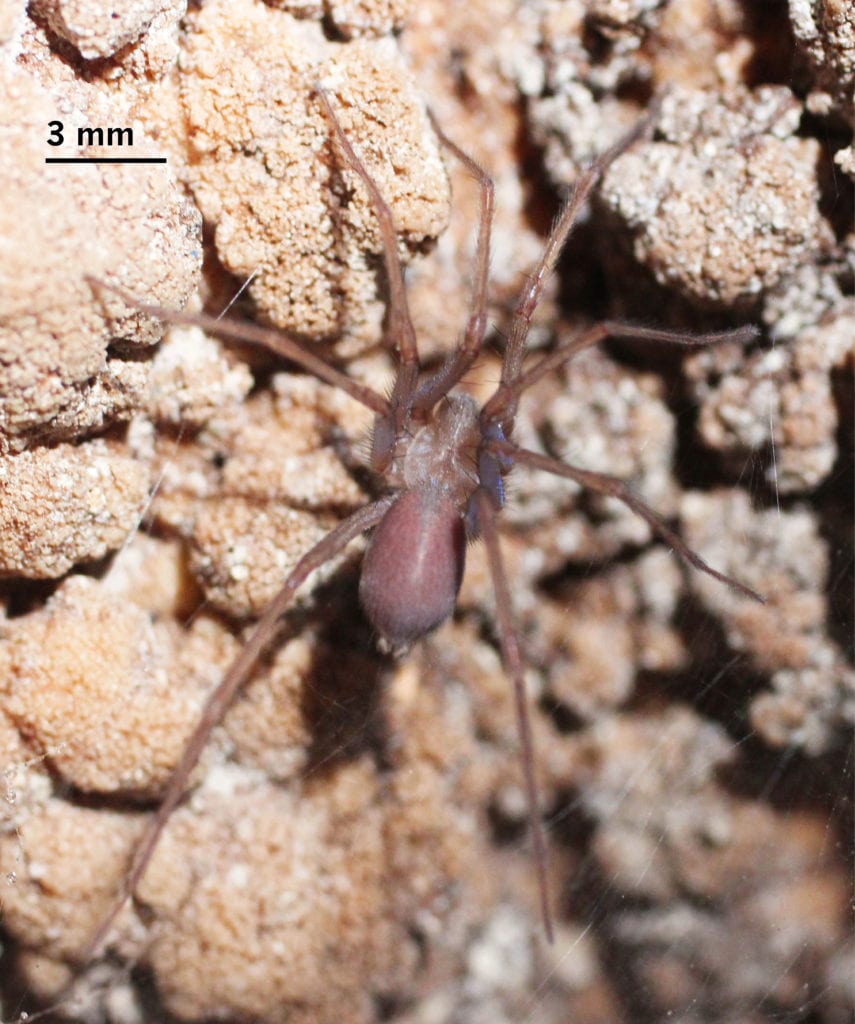
Sierra de las Nieves Natural Park is situated in the Andalucía autonomous community of southern Spain. Encompassing a rough terrain of approximately 126 square miles (202 km2), the park radiates outwardly from La Torrecilla peak (6,295 ft; 1,919 m) — the highest mountain peak in Sierra de las Nieves. The surrounding lowlands have been cultivated for thousands of years for cereal grain crops, olive plantations, and vineyards. Given the rugged terrain and the high elevation, the mountainous region was spared intensive agricultural practices. While ecologically detrimental, the most intensive human activity in the park is goat herding. However, given the land has been used in this manner for millennia, one cannot but ponder whether the ecosystem has evolved somewhat to the presence of goats.
Over the past thirty years, several studies have been conducted to characterize cave-dwelling arthropods of Andalucía. To date, nearly 150 species have been confirmed – of these, 40 were undescribed arthropod species including 12 troglobionts (subterranean-adapted organisms) or cave-restricted species. Bats represent the most intensively studied group. Eighteen cave/crevice roosting bats occur within this region. Of these, two species were identified as IUCN ‘vulnerable’ and two as ‘near threatened’, while eight species were described as having a ‘downward’ trending population (for more information, go to the IUCN Red List for Threatened Species).
Regarding cave fauna studies in Sierra de las Nieves Natural Park, one baseline arthropod inventory was previously conducted. Researchers identified at least 25 cave-dwelling arthropod species including a troglomorphic (subterranean-adapted) staphylinid beetle (Domene gevia) and a relict springtail (Onychiurus gevorum). Both species were identified as endemic to subterranean Sierra de las Nieves Natural Park. While 16 different species of bats are likely to occur within the park, only 13 species have been confirmed.
In 2017, Jut and collaborators conducted the first large scale cave biological inventory of caves in Sierra de las Nieves Natural Park, Andalucía, Spain. Although baseline in nature, seven caves were sampled for arthropods, bats, and other vertebrates. Caves ranged in elevation from 2,425 to 5,623 ft (739 — 1,714 m), and all were highly technical requiring vertical access.
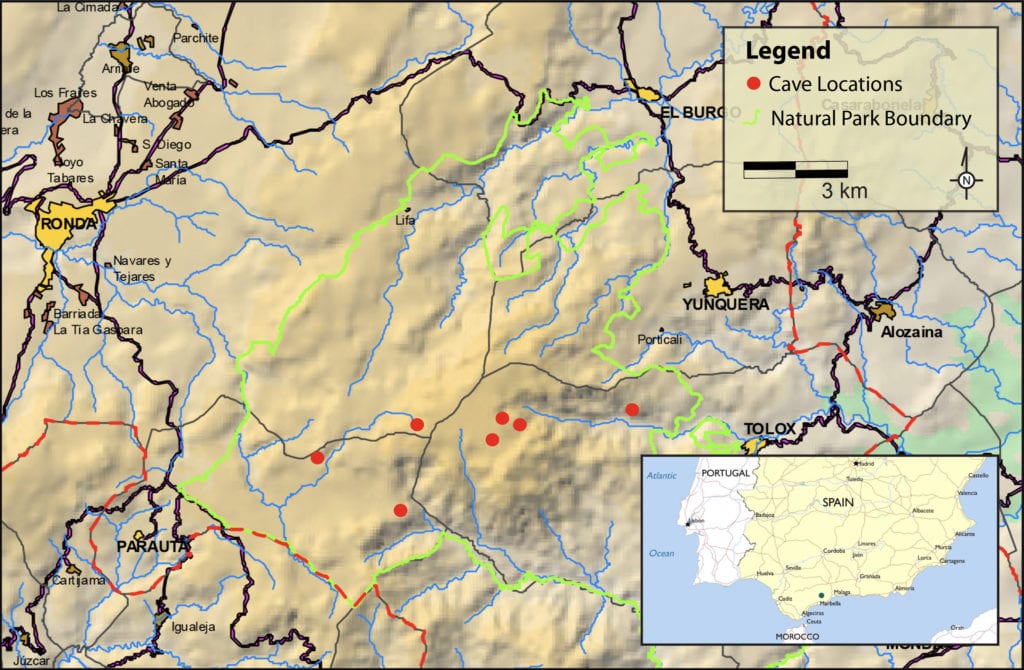
Results
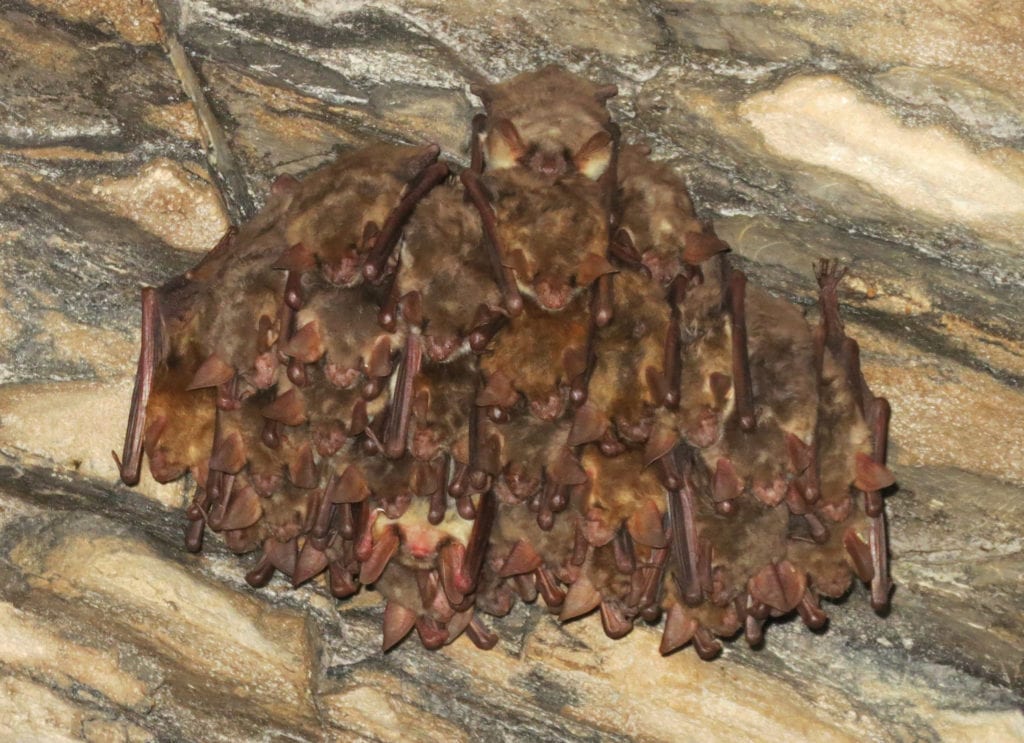
Jut and his team identified at least 42 morphospecies of cave-dwelling arthropods including two cave-restricted species — a presumed short-range endemic and relict springtail species, Onychiurus gevorum, and a more widely distributed troglomorphic species, Eratigena herculea.
Bats were found in two of three low elevation caves; a bat roost of unknown type (consisting of approximately 100 bats) was observed in one cave, and one bat (Myotis sp.) was found torporing in another cave. The common toad (Bufo bufo) was identified in two low elevation caves. While this species has been identified reproducing in other western European caves, there was no evidence to suggest this animal was troglophilic (i.e., completing its life cycle underground). It is likely this species routinely seeks refuge in low elevation caves to avoid the often intense summer heat.
Deep Below Ground, Sierra de las Nieves Natural Park
Future Research and Management

.
To enhance the data available for developing evidence-based cave management strategies in Sierra de las Nieves Natural Park, the following recommendations were provided.
Use of systematic sampling: None of the Sierra Nieves caves have been examined using an all macro-taxa systematic framework. To best assess the biological diversity and identify management needs, such an approach is required. By applying a systematic approach, caves may be evaluated with regard to their biological diversity, the endemic species they support, and the vulnerability to human activities.
Molecular analysis: Conduct a comparative phylogenetic study of the short-range endemic Onychiurus gevorum. The aim would be to examine the degree of gene exchange between caves where it occurs to identify whether this is a closely-related population or separate clades (or perhaps species).
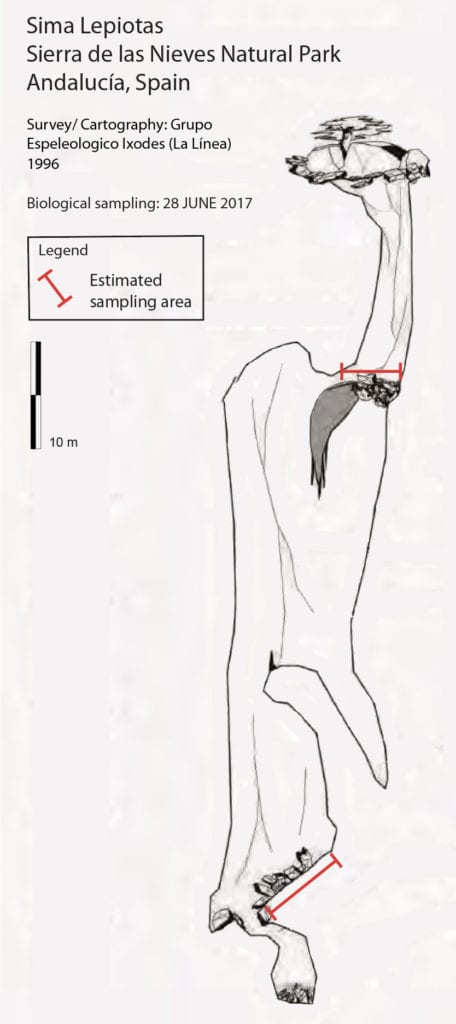
Similarly, the troglomorphic spider, Eratigena herculea, should be studied by analyzing specimens across Andalucía. As most subterranean-adapted species have small geographic ranges, it is possible this species is actually multiple clades (or potentially multiple distinct and endemic species).
Additional bat research: At low elevation caves, determine bat species and roost types via mist netting/harp trapping and acoustic monitoring in early spring or late summer.
IUCN Red List assessment: An assessment of the endemic springtail, Onychiurus gevorum, should be conducted to determine its status.
In aggregate, these additional research tasks will both contribute valuable natural history information to the park, as well as potentially shape future management strategies. Through addressing these knowledge gaps in Sierra de las Nieves cave natural resources, park managers will have much of the information required to develop management strategies to best safeguard these resources. Thus, enabling the park to manage Sierra de las Nieves’ sensitive cave biological resources well into the future.
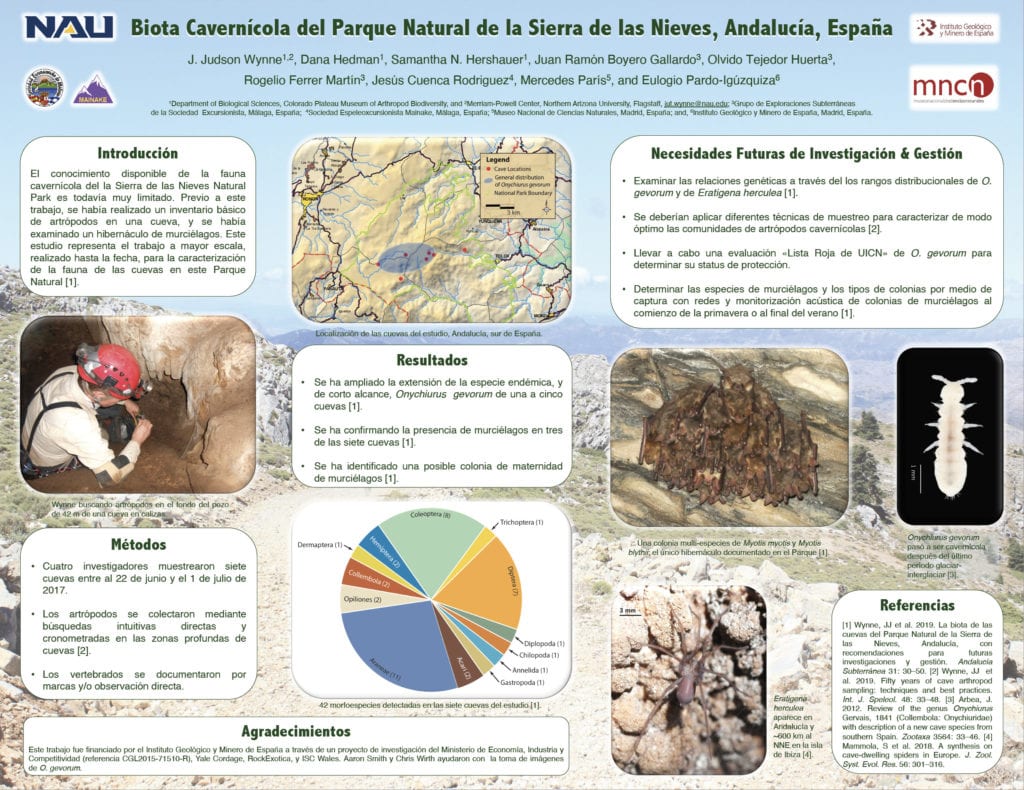
Further Reading
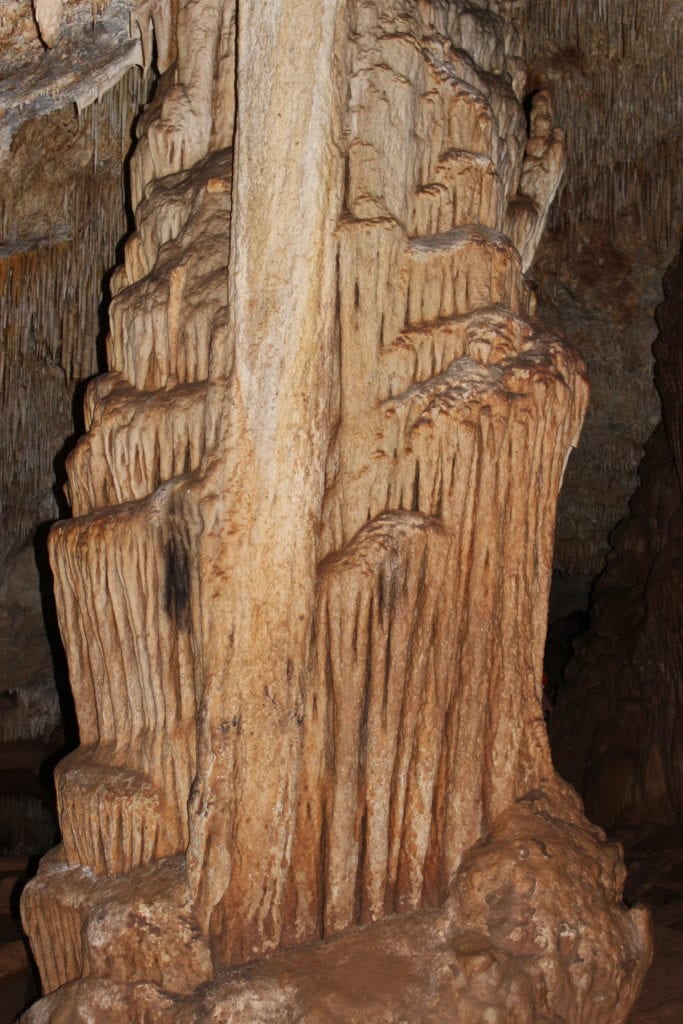
Wynne, J.J. 2017. Spanish Caves Reveal a Trove of Biological Treasures. Scientific American.
